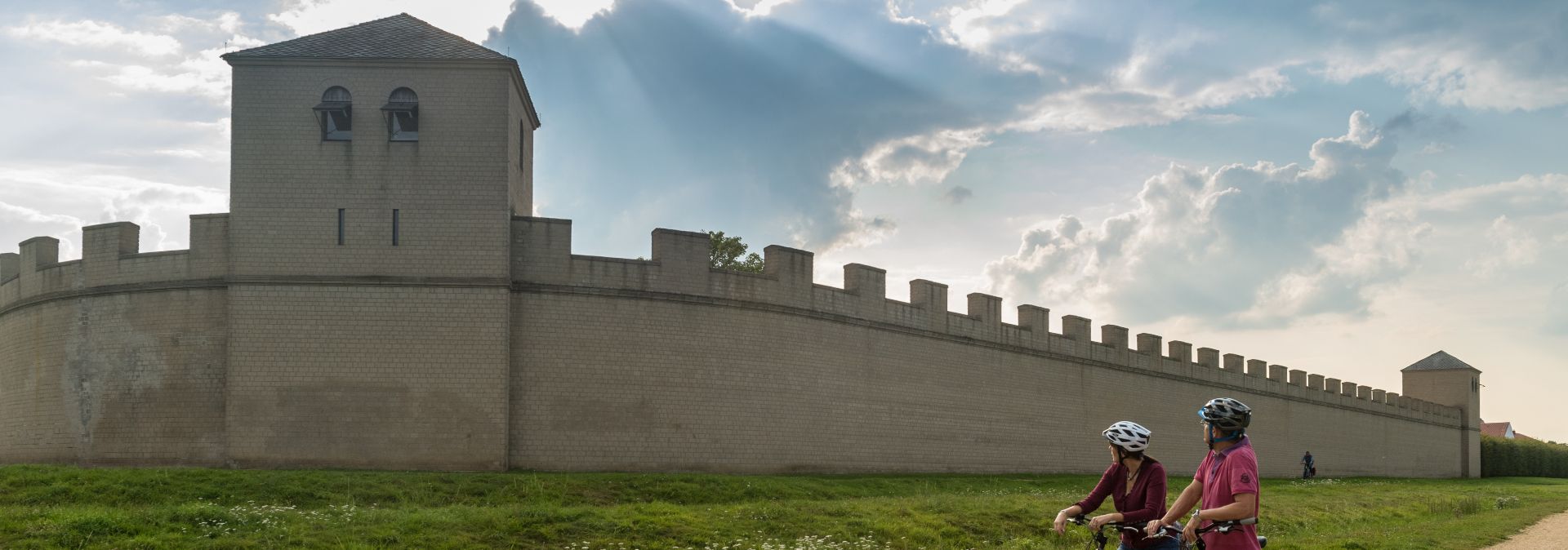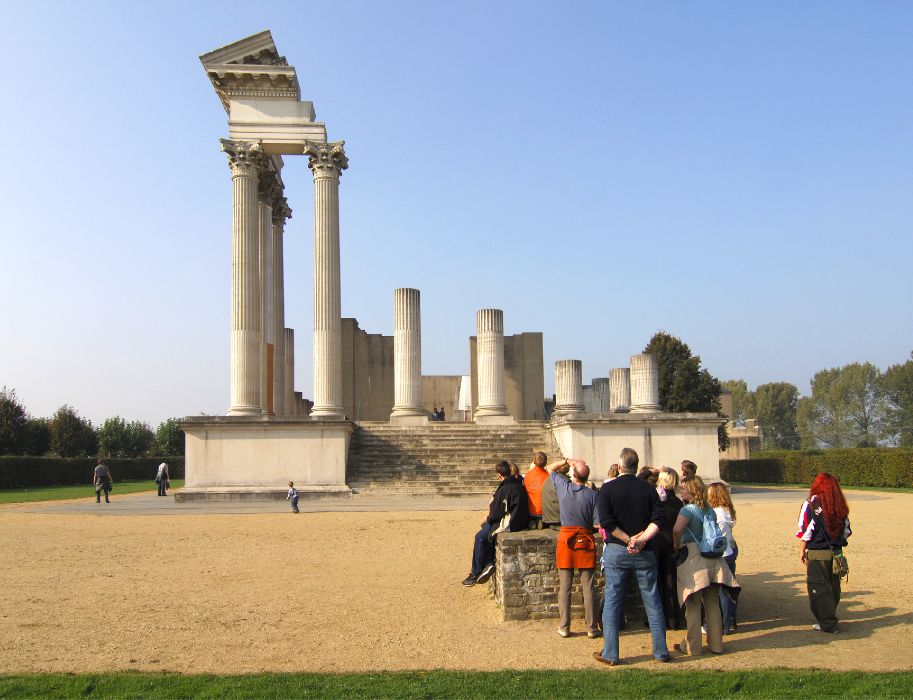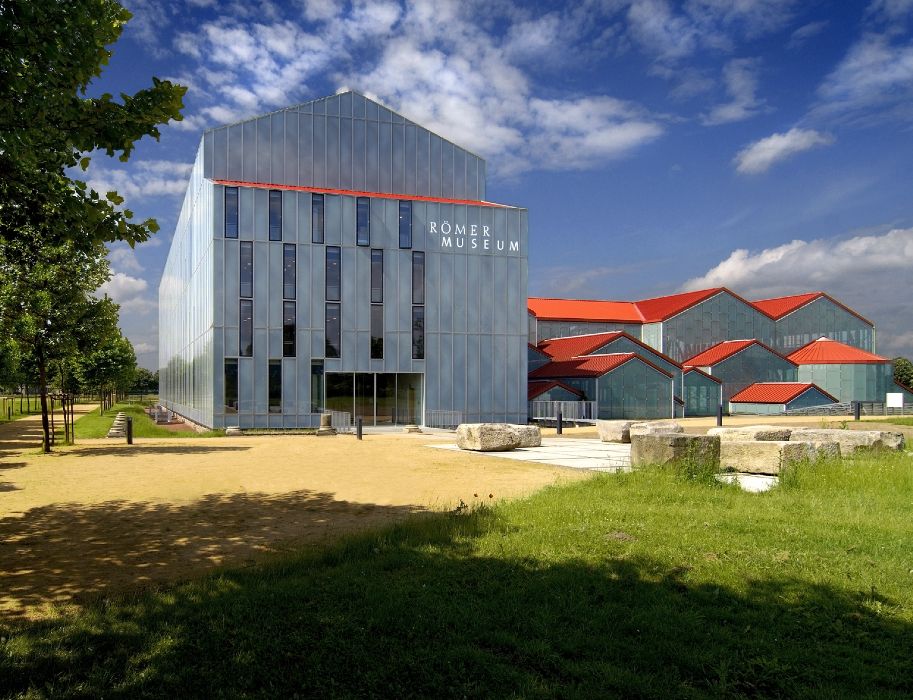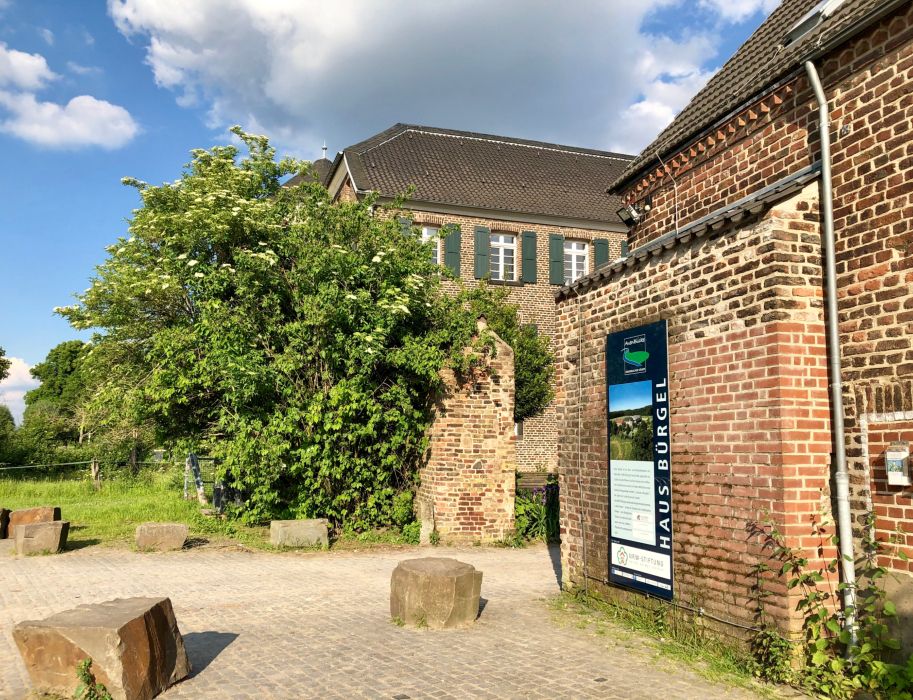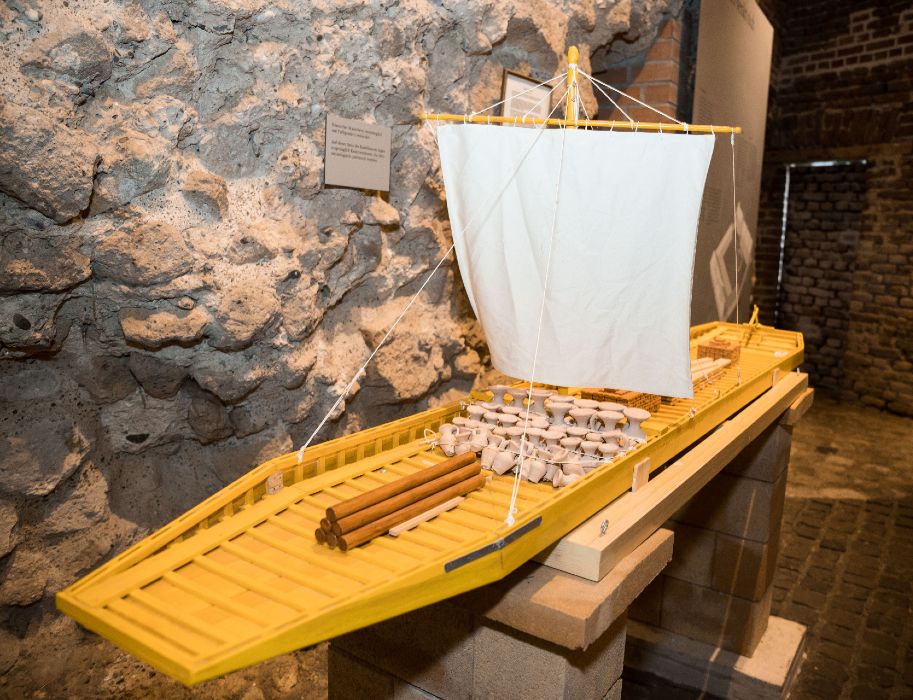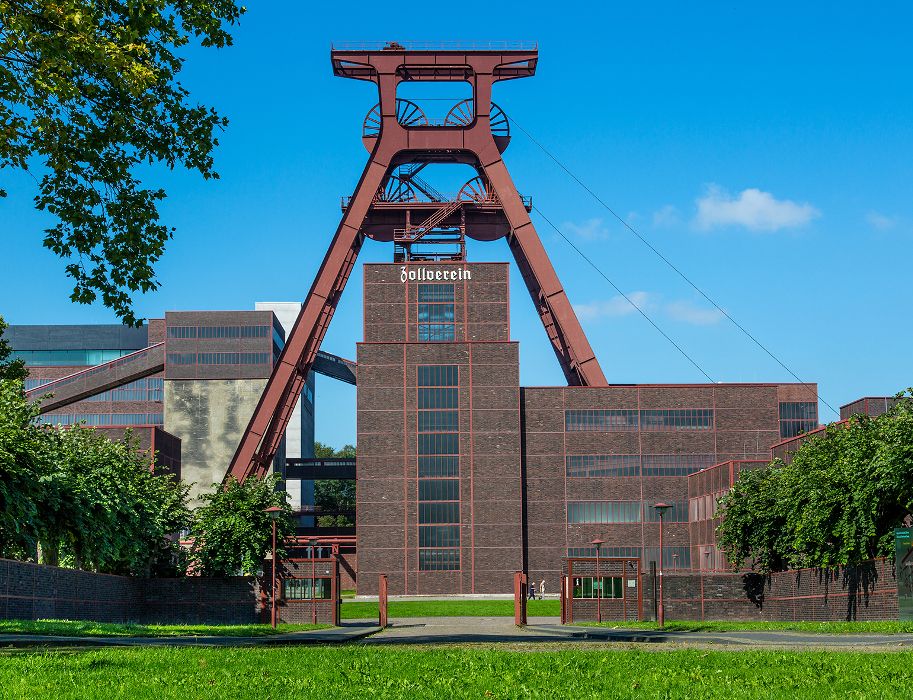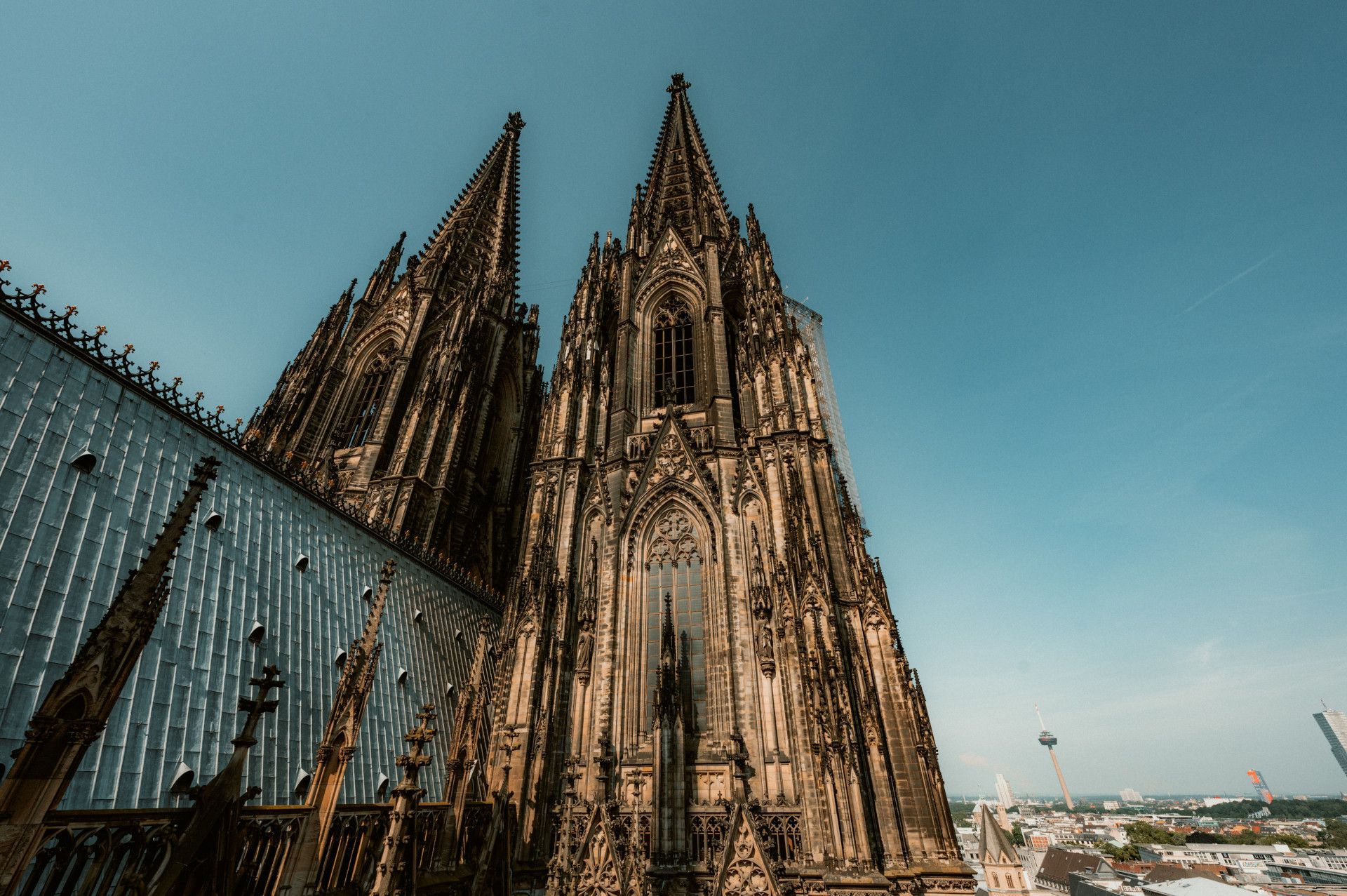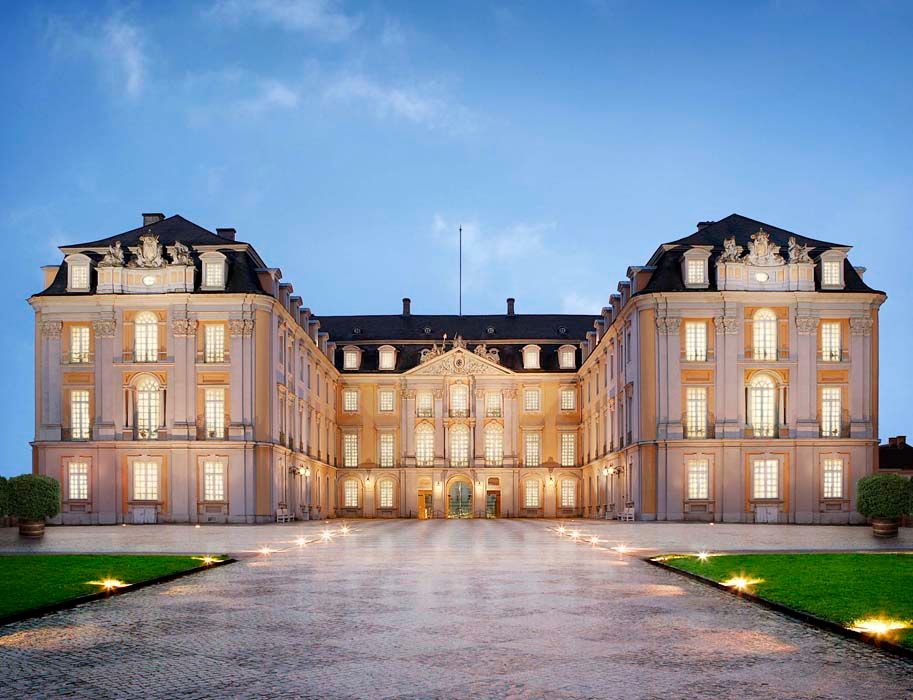What is now a UNESCO World Heritage Site once separated the Roman Empire from Germania. Today, travelers can trace a bygone era at many stops along the border, discover historical monuments and learn more about the life of the Romans. Tour highlights include Cologne, Xanten and Monheim.
In July 2021, UNESCO added the Lower Germanic Limes to its World Heritage List as the sixth cultural heritage site in North Rhine-Westphalia. The river border, which is over 400 kilometers long, separated the Roman province of Lower Germania from free Germania for over 450 years from around 15 BC. It stretches from Rhineland-Palatinate to the Dutch North Sea and corresponds to the course of the Rhine at that time. Even today, countless traces of Roman military power, architecture and the joy of exploration can be seen along the 220-kilometre stretch that runs through North Rhine-Westphalia.
Where foot soldiers (legionaries) once trained for the next battle in Roman forts and army camps, today museums on the former foundations of the facilities tell of their everyday lives. Where cultural life once pulsated in urban centers, where trade was conducted and work was done, ground monuments, streets and building remains today bear witness to the incredible architectural feat that was necessary to design and maintain a Roman civil city with all its attractions. The Lower Germanic Limes is therefore of outstanding historical importance for the development of urban centers in the Rhineland. It plays a decisive role in the history of the region, which can be traced at its anchor points.
Administration of the province of Lower Germania
In the Rhine metropolis of Cologne, for example, which was granted the highest city rights by the Romans in 50 AD and was still called Colonia Claudia Ara Agrippinensium (CCAA) during and after the Roman Empire, history fans can take a look at the former governor's palace (Praetorium). The strong foundation walls of the former building, from which the commander-in-chief and deputy of the Roman emperor administered the province of Lower Germania, can be seen under the so-called Spanish Building in the old town. The Roman-Germanic Museum (currently in the alternative location of the "Belgisches Haus" on Neumarkt), the Roman Tower, the Roman North Gate and the Roman foundations of Cologne Cathedral are not far from here.
Also worth seeing are the remains of the Divitia-Deutz fort, which can be admired on a guided tour in the historic vaulted cellar of the former abbey church of Alt St. Heribert. A bronze model on the Kennedy embankment on the right bank of the Rhine also vividly illustrates how far fortification technology had already progressed in late antiquity. The first bridge crossed the Rhine in 310. The extent of the central base of the Rhine fleet, which was called Fort Altenburg and was located in Cologne-Marienburg from around 370, can unfortunately only be guessed at on the basis of archaeological finds. Around 1000 soldiers were stationed here at times and a huge fleet of ships lay at anchor.
A little further north along the important river, in Xanten to be precise, an entire archaeological park tells the story of life in the former port city of Colonia Ulpia Traiana, which existed from around 100 to 275 AD and was one of the largest military settlements on the Limes. Here, young and old amateur historians alike can discover where the city walls, the harbor temple and the amphitheater once stood with the help of faithful replicas. The LVR Roman Museum is embedded in the wonderful setting of the archaeological site. It is located in the entrance hall of the former city baths, the Basilica Thermarum, and conveys knowledge about its 2,500 exhibits - from legionary armor to valuable ceramic bowls.Ongoing research into the former colonia and the military camp Vetera Castra I on the nearby Fürstenberg is one of the tasks of the team of experts, which includes archaeologists, building researchers, historians and restorers.
A late antique military base is now a museum
At the historic Haus Bürgel estate, which is located in the middle of the Urdenbacher Kämpe nature reserve between Monheim and Düsseldorf, it is possible to find out more about a former military site. The former Roman fort is an architectural and archaeological monument with a history stretching back over 2,000 years and houses a thematically appropriate museum that provides a clear explanation of the history of the late Roman site. In the eight exhibition areas, visitors can learn more about the construction technology of the 64x64 meter fort, navigation on the Rhine and the stay of stationed soldiers. Explorers will also find an outdoor archaeological trail around the east and south walls, whose paving shows the position of several towers, a gate and the former fort baths.
Other destinations for exploring the Lower Germanic Limes include Bonn and Neuss. There, the streets of the former military camps "Castra Bonnensia" and "Castra Novaesia" still characterize the local streetscape today.
